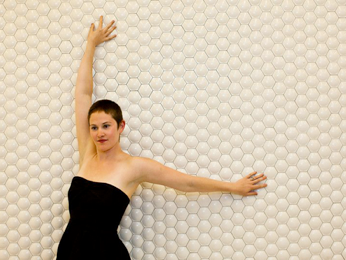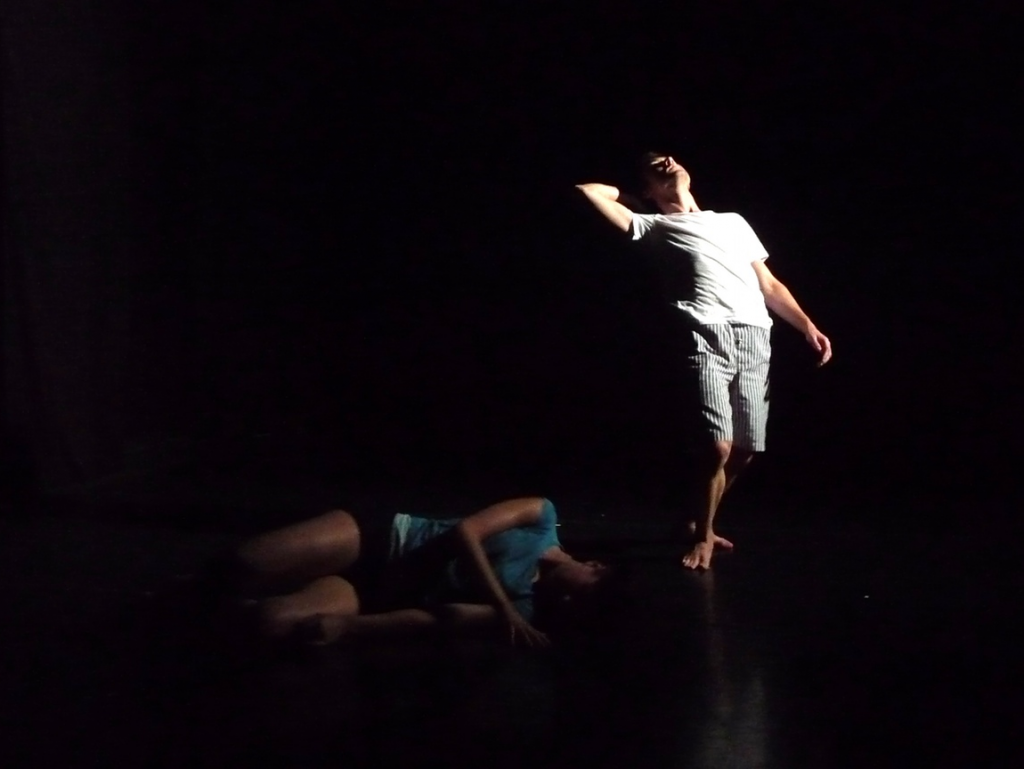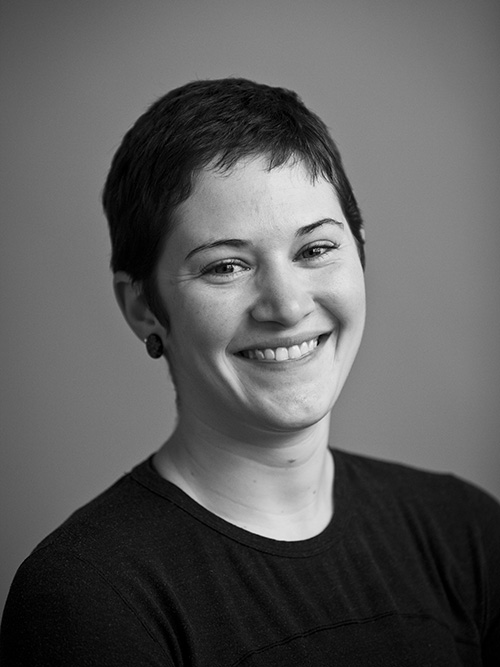Dancing From San Francisco to Amsterdam
Gretchen Garnett is a dance artist currently based in Amsterdam. Previously, she lived and worked in San Francisco on a project-to-project basis for different choreographers and companies, as well as ran her own company, Gretchen Garnett & Dancers. She shares her observations on the different dance cultures of the two cities, and how her experience of one has informed the other.
~~
What is the biggest difference you perceive between Amsterdam and San Francisco in terms of dance?
One big difference I’ve noticed while living here is a sense of transience. Because European dancers can live and work anywhere in Europe, they often travel all over the continent for auditions, workshops, projects and jobs. People generally keep one city as a home base but move throughout Europe depending on where their work takes them. I was shocked when I held an audition after moving here, and dancers came from as far as Italy and Ireland. In the work I’ve made in Amsterdam, I’ve worked with dancers from Italy, Israel, Hungary, Spain and Finland, yet only two dancers actually from The Netherlands. This transience creates a lot of amazing opportunities for travel and meeting people from other cultures, but I also find it degrades the sense of a dance community in a specific city. In San Francisco, I felt a lot of connection to the community and felt that people in the community wanted it to thrive. Here there is less of that commitment to place.
I definitely think this is a European versus American difference. Europe is so small and interconnected, even though it’s made up of many countries. People are able to travel easily, cheaply and quickly, so going to another country and living there for a few months for a project is no big deal. In the US, the major dance centers are spread out across the country and not easy to travel between. It forces communities to be more self-sufficient and less interconnected.
Is funding more/less readily available for dance in Amsterdam than in San Francisco?
It’s a very rough time to be an artist in Amsterdam. We are still feeling the effects of the economic crisis; most of the arts funding has been cut. The Henny Jurriëns Foundation (HJS for short – the main training center for professional dancers here) is never secure funding-wise because almost all of it comes from the government and bigger companies, and production houses are losing the majority of their funding. Because The Netherlands has a great history of funding arts and of having a thriving dance scene, people are, justifiably, freaking out. Funding used to be easy to get, but now it’s drying up. This doesn’t seem so different than in the US, but the main difference I see is that in the US, artists are used to not receiving government funding anyway, and have therefore come up with other ways to get funding (i.e. raising funds from individuals and companies, crowd-funding, fundraising events, etc.). These strategies are not at all a part of Dutch culture. Artists are used to getting money from the government, and the public is used to not being asked for donations. I think there is a lot of opportunity for Dutch dance artists to get creative in terms of fundraising, but both artists and the public are going to have to change if they want to keep their arts scene alive.
Have you experienced different kinds of reaction/support for audiences in Amsterdam versus in San Francisco?
In my experience, non-artists are much more interested and experienced in dance here. In San Francisco, I often felt a hesitancy from those outside of the dance community to attend dance performances, especially more experimental work or performances in smaller venues. I have been surprised in Amsterdam to see the acceptance that people have for dance as an art form and for work that is very experimental. I have also been very happy that non-dancers often want to talk to me about my work – asking questions, giving me feedback and telling me their experiences with the work. I think there is an appreciation for dance that is not as present in the general population in San Francisco.
How do you perceive your time in Amsterdam has affected your approach to dance?
I have been so inspired by the work I see here and across Europe. People are really pushing the boundaries of the form and delving into movement research. I find myself taking risks, exploring options and making choices I wouldn’t necessarily have taken before. Though the work here tends to be much more multi-disciplinary and theatrical, and mine tends to be more movement-based, being in this environment has definitely pushed me to experiment more.



